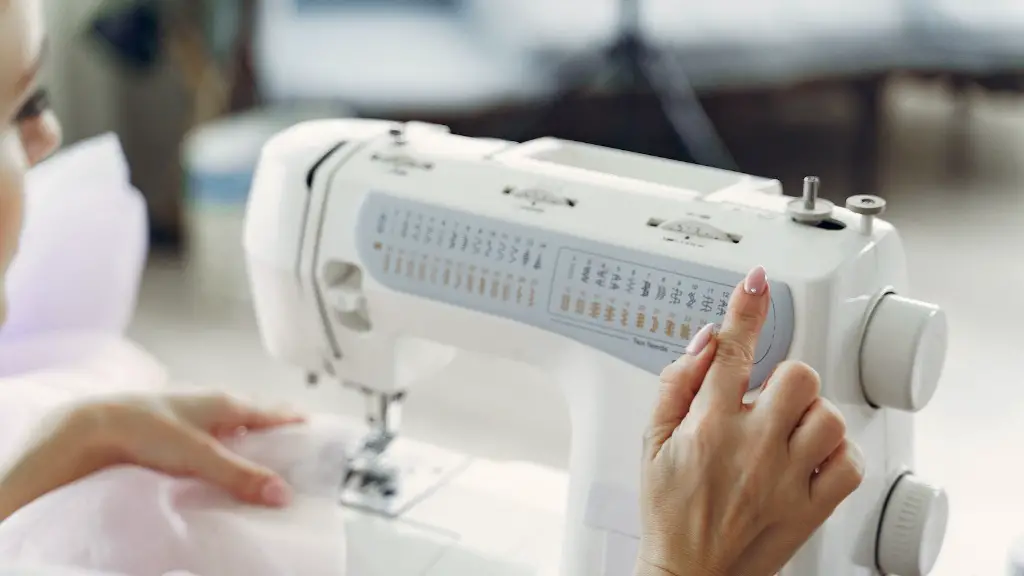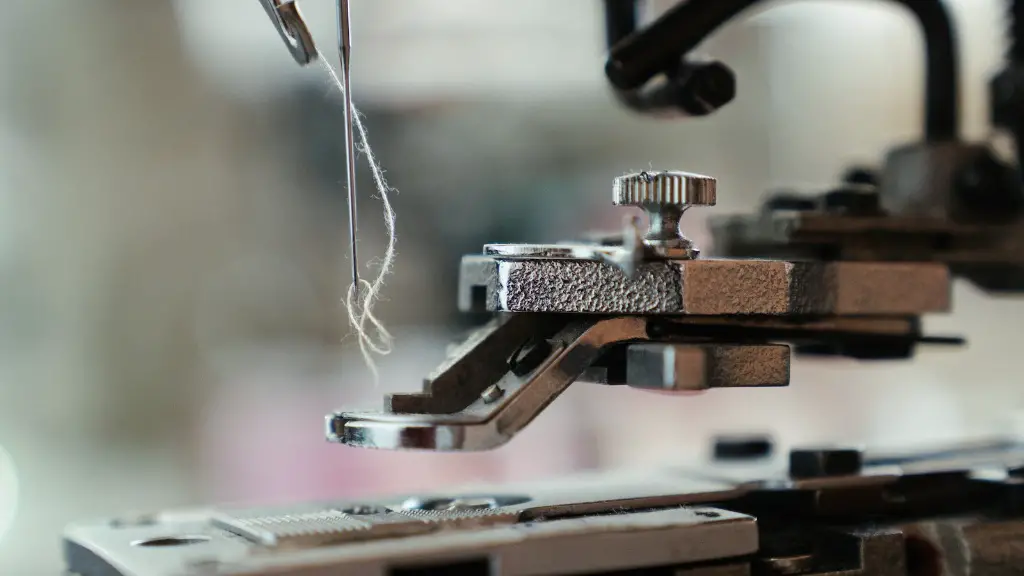The invention of the sewing machine was a large step forward in the garment industry, replacing the laborious manual sewing technique. From the simple first model of a sewing machine, which was powered by foot, to the computerized machine used today, the ways in which the sewing machine has been used and how it has evolved over time is remarkable.
The first known machine was devised in 1830 by French tailor Barthelemy Thimonnier. Thimonnier’s machine was powered by a foot treadle and could only sew straight seams. Even though eighty of this model were created and put to use in a life-vest factory, the popularity of the machine was short-lived: due to being a foreign new technology, the machines went against the local code of French tailors and soon enough the machines were destroyed by angry tailors.
Since this event the sewing machine has continuously seen improvements and major changes. In 1847 the first home-use machine was developed: the Singer Sewing Machine. This machine was powered by a hand crank, was lightweight and highly efficient, which made it the dominant type of sewing machine until 1879 when the first wheel-run and electric motor-powered machines were manufactured.
By the turn of the century two types of machines had been developed: the straight stitch and the lockstitch machine. From this point forward, each sewing machine was designed with a specific purpose in mind, tailoring the machine in order to suit the type of garment being created. This has seen a rise in industrial machines and overlockers designed to be used in factories, as well as domestic machines still in use today.
The advances in computer technology have allowed the sewing machine to move towards the digital age. Computerizing the machine meant a significant increase in precision and speed, as well as being able to create intricate patterns and designs. Nowadays, multiple functions are controlled by computers, from the threading of the needle to the sewing pattern, ensuring accuracy in the garment being produced.
Sewing Machines Used for Decorative and Design Purposes
Sewing machines aren’t just used for making garments, and the technology has been used for decorative purposes, from patchwork quilts to embroidery designs. The machines have been adapted to take specialised needles and thread to create intricate patterns, and in some cases can be used to create whole pieces of artwork.
Modern machines allow a user to connect directly to a computer, allowing patterns to be downloaded or stored on a USB stick. Some machines can now embroider photographs, allowing a user to transfer a picture to a piece of material using an embroidery machine.
With advancements in modern technology, machines are these days available which will digitize any pattern that a user draws, either manually or using a special pen or drawing device, meaning drawings can be transferred to fabric quickly without needing a great deal of skill or experience.
The Sewing Machine as an Educational Tool
In recent years, the sewing machine has also become an important tool for teaching in the social, educational, and therapeutic spaces. By teaching students the basics of sewing, lessons can be imparted both in practical skills and also in important life experiences, such as problem solving and the value of hard work.
Educators often use the sewing machine as a platform to teach students about Science, Technology, Engineering and Mathematics (STEM) skills, offering students a hands-on experience that allows them to apply the knowledge they have learned in the classroom.
In the medical and therapeutic worlds, the sewing machine has been used to aid in the rehab of motor skills and fine motor control issues in patients with brain injuries, or those with physical or mental impairments.
The Use of Sewing Machines in Recycling and Repurposing
The classic Singer Sewing Machine is still in use today, and they have been adopted by a wave of experts in the fields of upcycling and repurposing. By converting older material like fabrics and clothes into reusable textile items, those using the machine are often reducing waste and helping to create sustainable products.
Sewing is being adopted by both businesses and individuals alike in an effort to be more sustainable, by reducing consumption and waste of materials. Recycled fabrics and upcycled materials are being used around the world to create unique items of clothing, art, and toys.
The Role of the Sewing Machine in Fashion Industry
The use of the sewing machine has become integral to the fashion industry, making the process of garment making quicker and more efficient. Industrial sewing machines are used in the mass production of garments, processing many metres of fabric quickly and accurately.
The use of digitalized machines has enabled the fashion industry to save time and money by improving the accuracy of patterns and the speed of production. The effect of this on the industry has been immense, increasing both the speed and variety of the garments been seen on the catwalk.
How Artificial Intelligence is Played a Role in Sewing Machine Evolution
In recent years, with the development of artificial intelligence and robot technology, sewing machines have begun to be incorporated into these fields in revolutionary ways.
Robotic arms are now being implemented in the garment making process in order to create a precise and accurate product, as well as allowing muscles to take a break during those particularly difficult parts of production. The robots are also able to carry out tasks that the human eye might not be able to pick up on, as computers can detect irregularities and alert a controlling system of any problems.
Artificial intelligence is also being used in the design process of garments, being programmed to analyse trends in the fashion industry and suggest designs according to consumer demand. The algorithms used can be finely tuned to the type of garment being produced and the specifics of the consumer base, allowing garme nts to be tailored with accuracy and precision.
The Rise of the Multi-Purpose Sewing Machine
The sewing machine of today is no longer just a single-use device, but is instead being multi-purposed for many types of work. The rise of the multi-purpose machine means that more people are beginning to have access to this technology, and that it is becoming more of a staple in today’s society.
These days, sewing machines come in all shapes and sizes, from the humble hand-cranked machine to the industrial automated machines used in factories. The advancements in technology mean that these machines can be used for all kinds of fabric work, from patchwork to embroidery, quilting and garment making.
The machine of today is lightyears away from the one first developed in 1830, but the principles are still the same: a device that allows us to create items harnessing our imagination, skills and craftsmanship.





